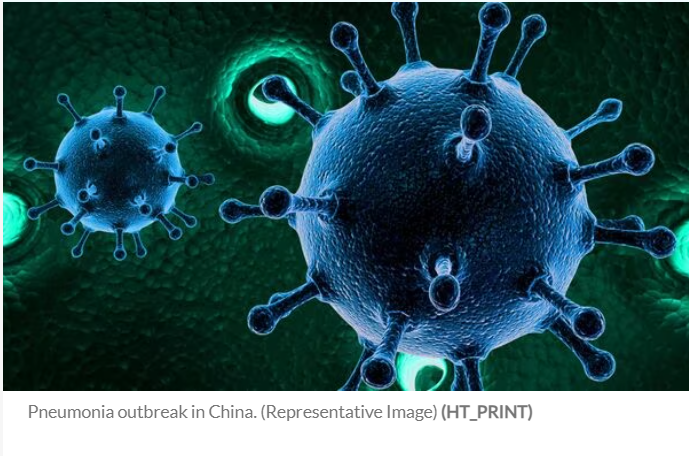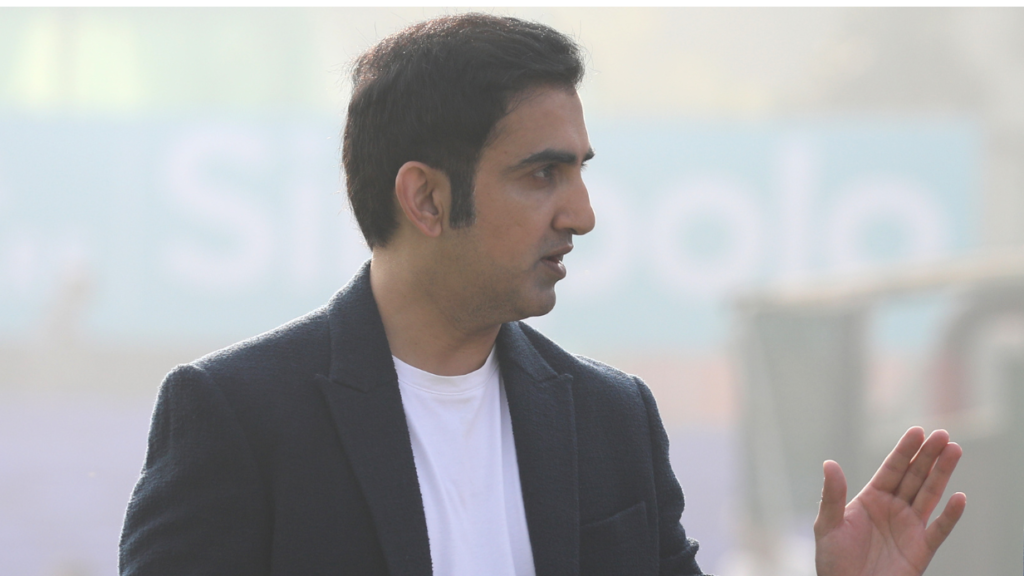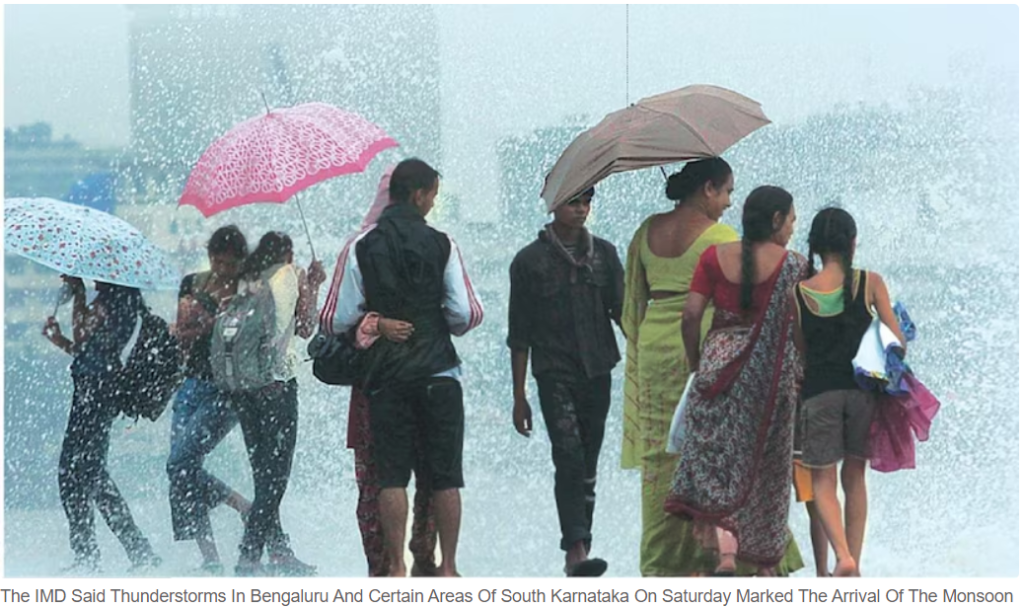The WHO has requested detailed information from China regarding an increase in respiratory illnesses and clusters of pneumonia in children. It is unclear if these events are related to the overall increase in respiratory infections previously reported by Chinese authorities.

The World Health Organization (WHO) on Wednesday called on individuals in China to adhere to measures aimed at lowering the risk of respiratory illness.
Additionally, the organization requested further information from authorities regarding a documented increase in cases among children.
During a press briefing held on November 13, 2023, representatives from the National Health Commission in China disclosed a rise in the prevalence of respiratory diseases in the country.
Northern areas of the country have reported “an increase in influenza-like illness since mid-October when compared to the same period in the previous three years,” the UN health body said in a statement posted on X.
“WHO has made an official request to China for detailed information on an increase in respiratory illnesses and reported clusters of pneumonia in children,” WHO added.
Chinese authorities told reporters on November 13 that the respiratory illness spike was due to the lifting of COVID-19 restrictions and the circulation of known pathogens, including influenza and common bacterial infections that affect children.
On November 21, the media and public disease surveillance system ProMED reported clusters of undiagnosed pneumonia in children in northern China.
The WHO said it was unclear if ProMED’s report was related to the authorities’ press conference and that it was seeking clarification.
What does WHO say to China?
WHO is also in contact with clinicians and scientists through our existing technical partnerships and networks in China.
“We have also requested further information about recent trends in the circulation of known pathogens including influenza, SARS-CoV-2, RSV and mycoplasma pneumoniae, and the current burden on health care systems,” said the WHO.
Meanwhile, the WHO has advised individuals to adopt preventive measures, including vaccination, maintaining distance from those who are unwell, staying at home when feeling ill, practicing regular hand-washing, and appropriately using masks.
Throughout the duration of the COVID-19 pandemic, the WHO consistently voiced disapproval of Chinese authorities, citing concerns over their perceived lack of transparency and collaboration.
WHO issues guidelines
WHO recommend that people in China follow measures to reduce the risk of respiratory illness, which include recommended vaccination; keeping distance from people who are ill; staying home when ill; getting tested and medical care as needed; wearing masks as appropriate; ensuring good ventilation; and regular hand-washing.
WHO further noted that even after more than three years since cases were initially identified in Wuhan, the origins of Covid-19 remain a contentious topic.
“The scientific community is divided between two primary theories: the possibility of the virus escaping from a laboratory in the city where such viruses were under study, or the transmission from an intermediate animal to humans at a local market,” said WHO.
Earlier this year, WHO experts said they were sure that Beijing had far more data that could shed light on the origins of COVID-19, and called it a moral imperative for the information to be shared, AFP reported.
In early 2021, a group of specialists, led by the WHO and working alongside Chinese counterparts, conducted an investigation in China. However, no subsequent team has been able to return, and WHO officials have consistently requested additional data.
Emphasizing the significance of unravelling this mystery, WHO chief Tedros Adhanom Ghebreyesus has underscored that understanding the origins could play a crucial role in preventing future pandemics.
Courtesy: LiveMint



